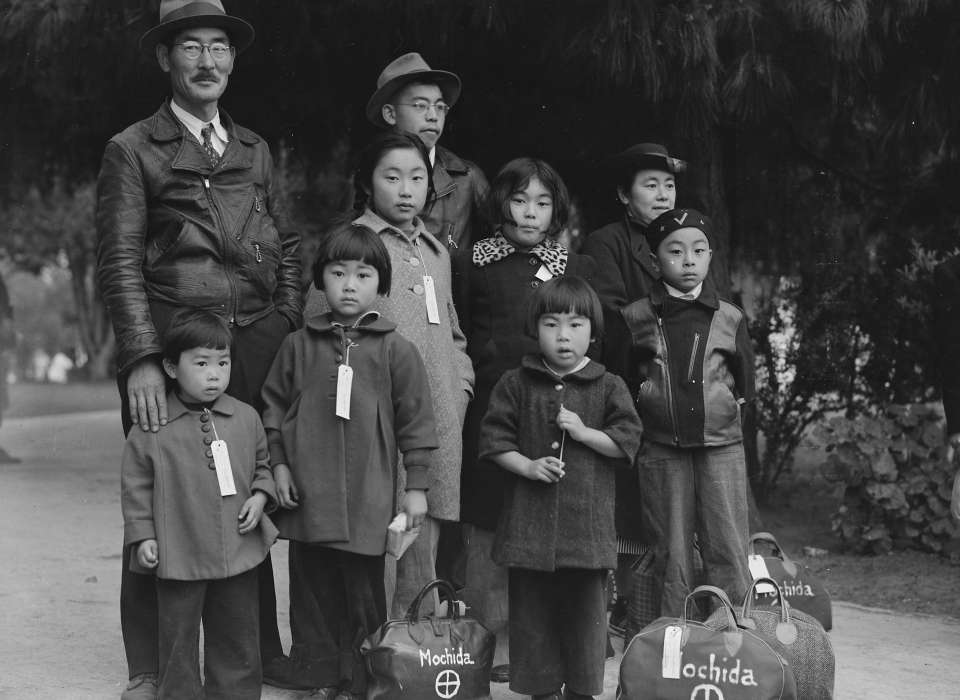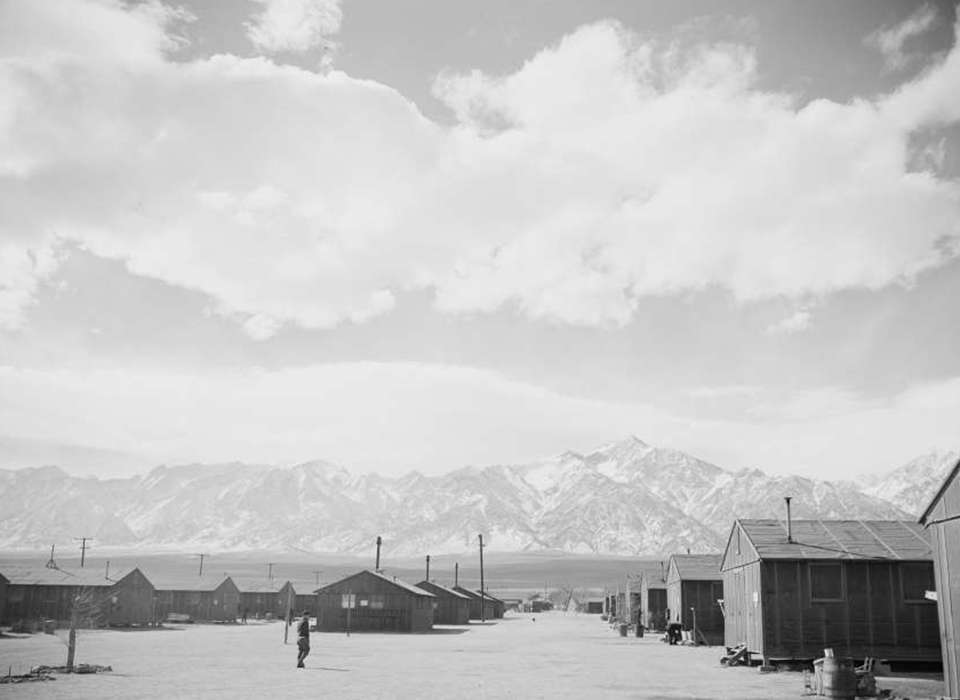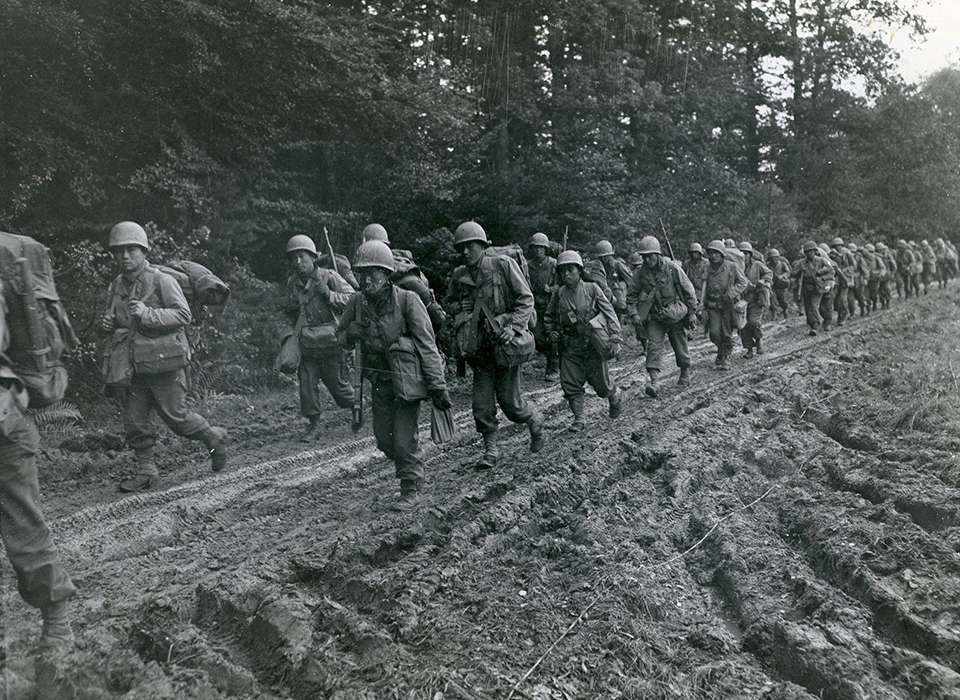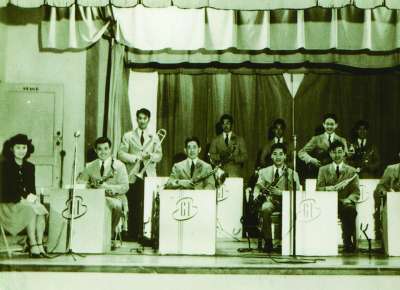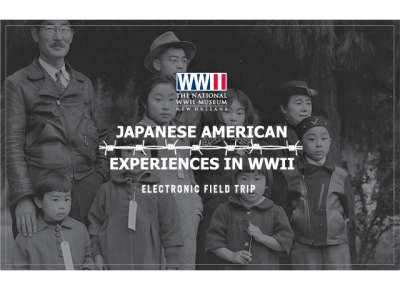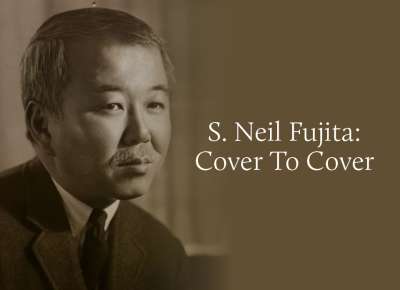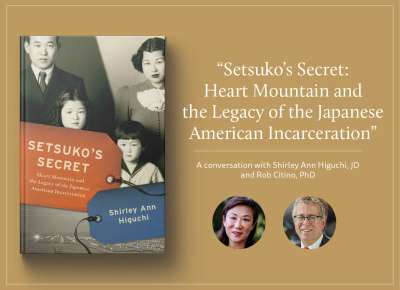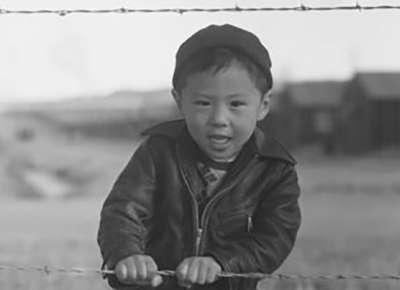Home Front
For Asian Americans and Pacific Islanders, World War II encompassed a wide range of experiences, often based on an individual’s heritage, beginning after the attack on Pearl Harbor. In 1942, Executive Order 9066 was ordered for Japanese Americans on the West Coast to be forcibly removed from their homes and incarcerated in confinement centers.
“Though I was a citizen of the United States,” Inouye explained, “I was declared to be an enemy alien and as a result not fit to put on the uniform of the United States.”
Medal of Honor Recipient Daniel Inouye
Japanese American Incarceration
At the time of the Japanese attack on Pearl Harbor in 1941, about 120,000 persons of Japanese ancestry lived on the US mainland, mostly along the Pacific Coast. About two thirds were full citizens, born and raised in the United States. Following the Pearl Harbor attack, however, a wave of anti-Japanese suspicion and fear led the Roosevelt administration to adopt a drastic policy toward these residents, alien and citizen alike.
Service
Japanese Americans were eventually allowed to serve in segregated units in the US Army. Roughly 6,000 Japanese Americans served as translators and interpreters with the Military Intelligence Service (MIS) in the Pacific, using the language of their parents and grandparents to shorten the war and save lives.
The 100th Infantry Battalion
On June 12, 1942, the 100th Infantry Battalion was activated. The 100th was a racially segregated unit, comprised of more than 1,400 second generation Japanese Americans, known as Nisei.
Chinese Americans, at once both discriminated against and then supported as victims of Japanese aggression, served in a wide array of roles in the US military. Korean Americans also served in small numbers. Filipinos had a long tradition of US Navy service, though relegated to positions in the Steward’s Branch. In the Philippines many locals, such as Josefina Guerrero, had joined the US Army fighting with American forces against the Japanese. Regardless of the country of origin of an individual or their family, Asian Americans and Pacific Islanders faced a difficult reality of discrimination, distrust, and segregation.
I AM an American! Japanese American Internment in World War II
Students explore the story of Eva Hashiguchi, who spent her high-school days as an internee in Jerome, Arkansas. Through her account, witness how wartime hysteria and racial prejudice led to one of the darkest chapters of American history. Examine the country’s actions to apologize for the injustices committed against Japanese Americans. Hear about the struggles and tremendous accomplishments of the Purple Heart Battalion.
Available to K-12 classrooms, library patrons, lifelong learning groups.
